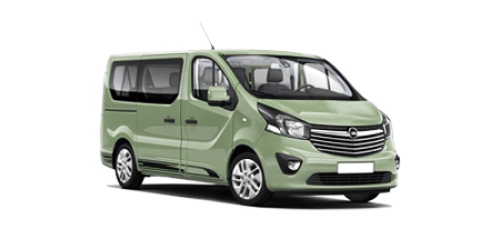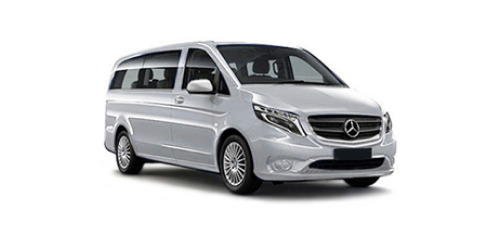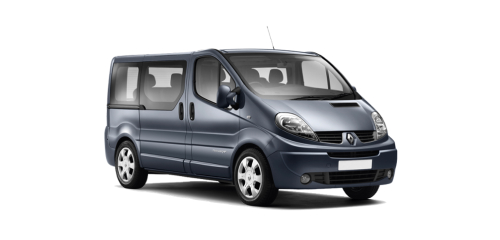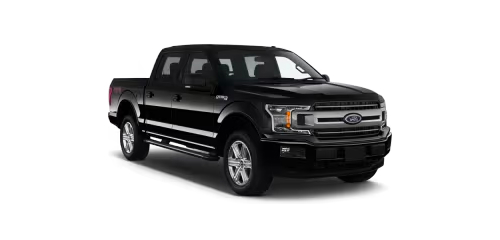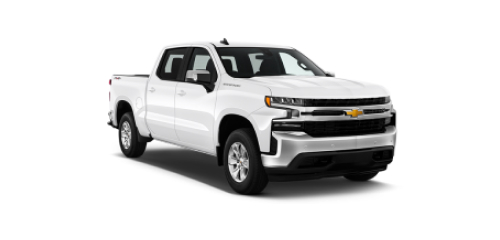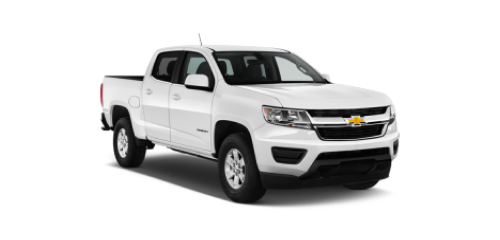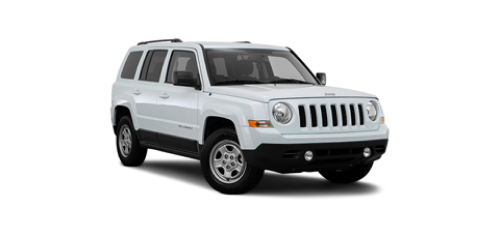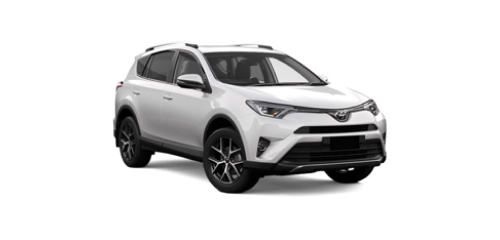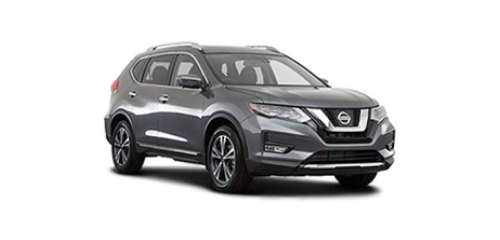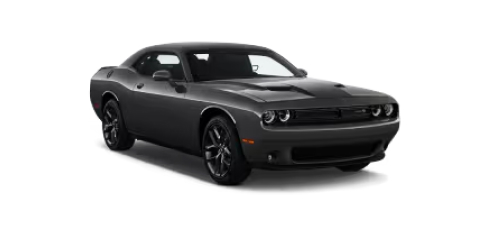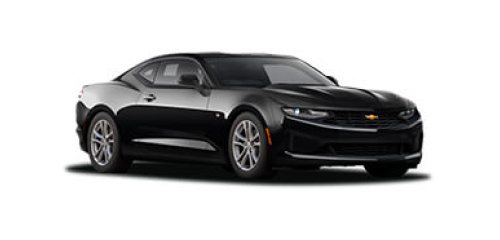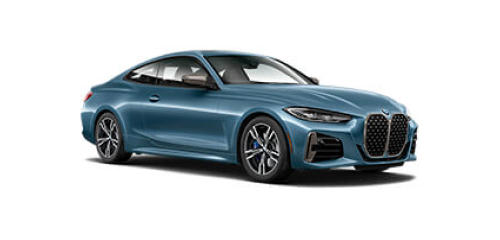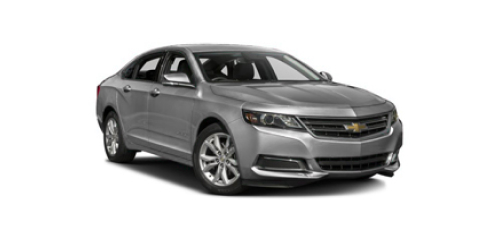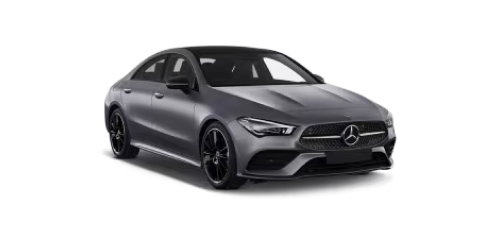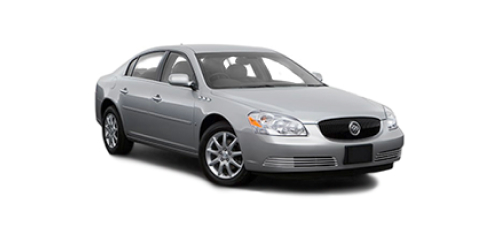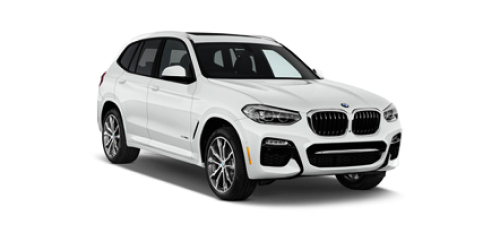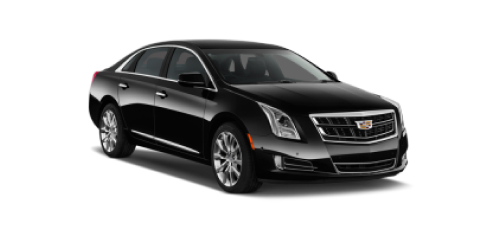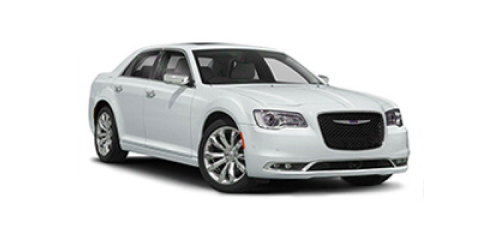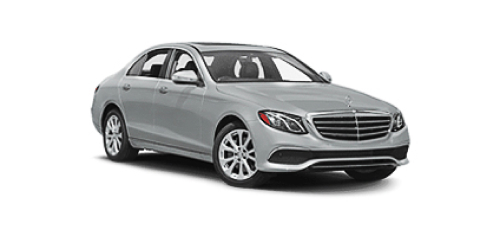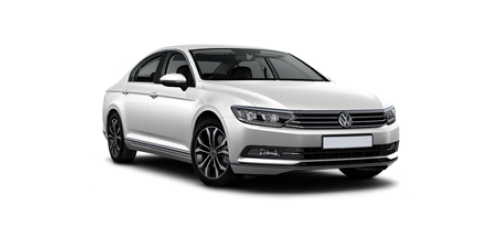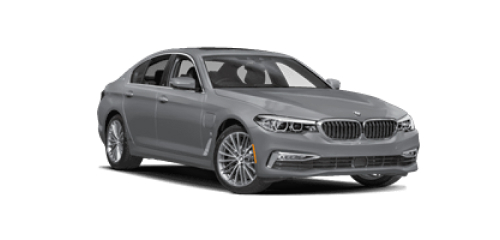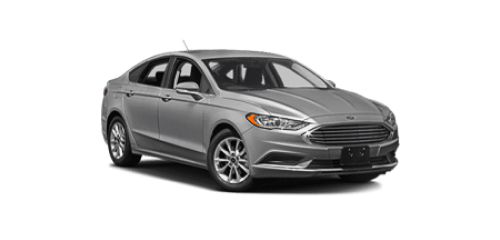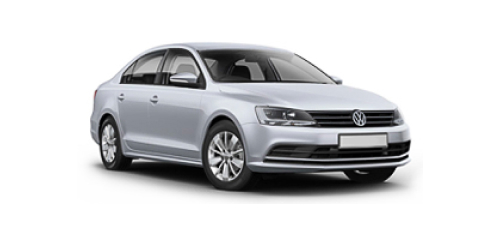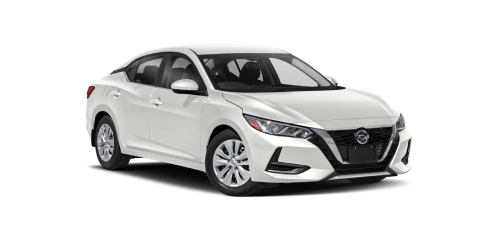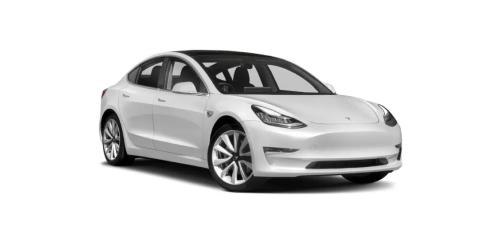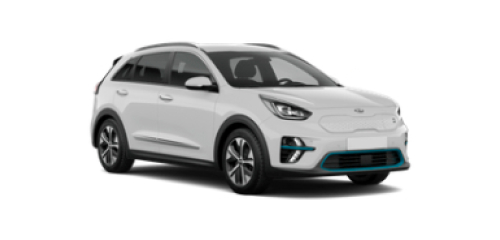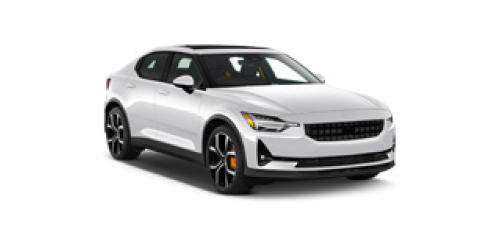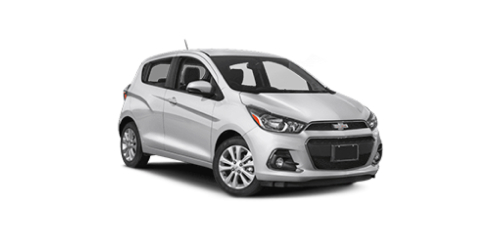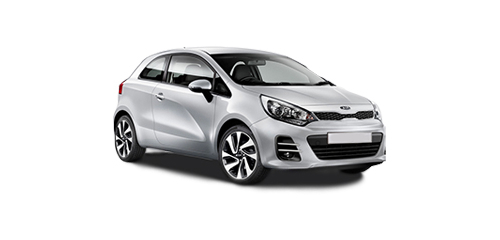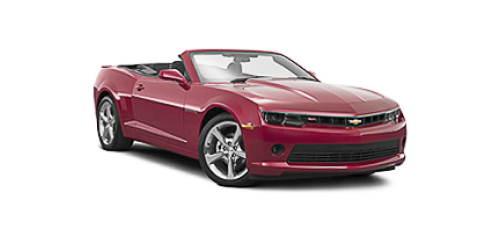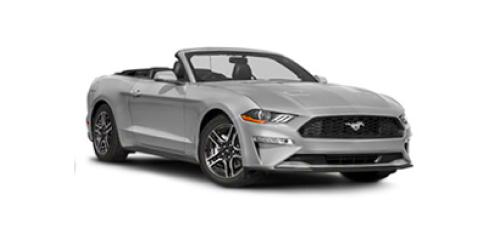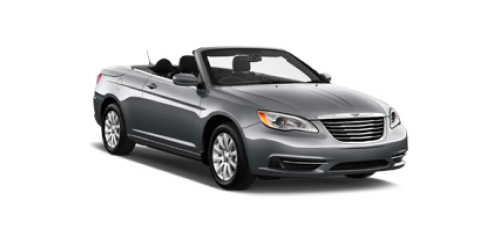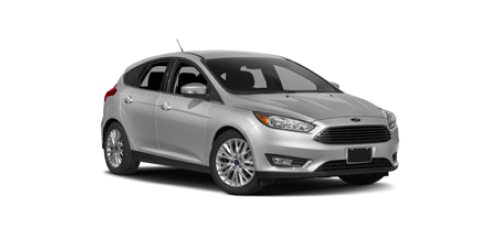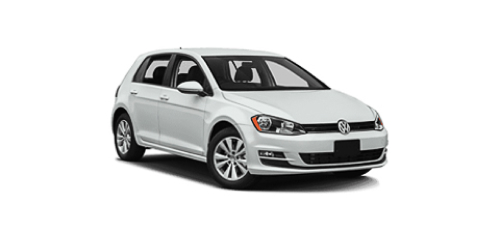
Car rental in Canada
- Secured payment guarantee
- 4 million users
- Multi-language support
- Booking of any class cars
- 600 providers worldwide

Tips for Renting a Car Inexpensively in Canada
Looking for a cheap car rental in Canada? With Economybookings, you can easily compare multiple providers to find the best possible deal across the country. Whether you're exploring major cities or venturing into rural regions, a quick comparison can save you time and money.
- Compare pickup locations – Select a broader city or region instead of a specific location to unlock more deal options, including off-airport savings.
- Slightly adjust pickup times and dates – Even changing your booking by an hour can reveal lower rates.
- Choose economy or compact cars – These vehicle types are usually the most budget-friendly.
- Book early – Especially during peak travel seasons (summer, holidays), advance booking helps secure lower prices and better availability.
Tips When Renting a Car in Canada
- Get an International Driver’s Permit if your driver’s license is in a language other than English or French.
- Bring a valid passport as evidence of ID, as some car rental companies require it.
- Check the age requirements in the province you’re renting in. Only those 21+ can rent a car at Economybookings.
- Understand any tolls, especially if you plan to cross provinces.
- If you’re driving in rural areas or between cities and towns, make sure your tank is filled in case there are no gas stations along the way.
- Book your rental in advance for better deals.
Driving Tips in Canada
- Drive on the right and pass on the left.
- Downtown traffic can be heavy in major cities, so it’s often easier to park outside the core and take public transport around the downtown core.
- Snow tires are mandatory in Quebec and on certain highways in British Columbia, but they’re recommended in poor winter conditions.
- Watch for wildlife crossing signs (moose, deer, ducks, elk, etc.).
- Take advantage of ONroute pit stops in Ontario for quick access to fuel, food, washrooms, and free Wi-Fi.
- Use parking apps like Passport Parking, Green P, and Parkedin to find/pay for legal spots.
- Popular fuel stations: Esso, Shell, Petro-Canada.
- Keep your license, rental papers, and insurance with you at all times.
Speed Limits
In Canada, speed limits are typically 50 km/h (31 mph) in urban areas and 80 km/h (50 mph) in rural areas. The typical speed limit for highways and freeways in most provinces is 100 km/h (62 mph) or 110 km/h (68 mph). Always watch for signs, as limits can differ based on which jurisdiction the road falls under and which province you’re in.
Road Signs
The first thing you’ll notice about Canadian road signs is that they can feature text in one, two, or three languages. While they’re primarily in English and use symbols like other global road signs, you’ll also often see French or even an indigenous language. Speed limit signs are in kilometres per hour (km/h). Watch for warning signs on railway crossings, wildlife crossings, snowmobile trails, and cattle areas, especially in rural zones.
Tolls and Restricted Zones
Toll roads are relatively rare in the country and only exist in four provinces: Ontario, Nova Scotia, Quebec, and Prince Edward Island. Depending on the province, you can make payments online, by credit card, cash, using an E-Pass tag, the E-Z Pass, or a transponder.
Discover Canada by Car
Canada is made up of 10 provinces (Alberta, British Columbia, Saskatchewan, Manitoba, Ontario, Quebec, Newfoundland, Prince Edward Island, Nova Scotia, and New Brunswick) and 3 territories (Yukon, Northwest Territories, Nunavut) each with its own governance and regional quirks. Compared to the vast differences between U.S. states, however, Canada is still relatively homogeneous in comparison.
The country is teeming with incredible wildlife and stunning natural landscapes, with plenty of coastlines, mountains, and forests to explore, as well as cosmopolitan cities like Toronto, Montreal, Calgary and Vancouver. As Canada is the second biggest country in terms of land mass, a rental car gives you the freedom to explore rural and urban areas without relying on cross-country trains or fixed transit routes.
When to Visit
The best time to travel is between May and September, when the weather is warmer and days are long. The winter months may come as a shock to those who aren’t used to freezing temperatures and icy roads.
Languages & Communication
While English and French are Canada’s official languages, you may also hear Indigenous languages and other international languages spoken, especially in major cities or regions with diverse communities. French is only widely spoken in Quebec as a primary language.
Currency & Payments
Canada uses the Canadian Dollar. Credit and debit cards, as well as contactless payments like digital wallets, are widely accepted in taxis and parking meters, stores, restaurants, and more. Cash is still accepted in many places, but most are moving toward a card- or app-based system.
Top Driving Routes in Canada
- Georgian Bay Coastal Route (Ontario) – White quartz mountains, turquoise waters, beaches, and islands.
- Fundy Coastal Drive (New Brunswick) – Breathtaking coastline with islands, whales, and key natural landmarks.
- Cabot Trail (Nova Scotia) – Mountainous terrain and the chance to see the Cape Breton Highlands National Park.
- Icefields Parkway (Alberta) – Scenic highway connecting the beautiful Lake Louise and Jasper. Think glaciers, waterfalls, and dramatic views.
- Sea-to-Sky Highway (British Columbia) – Ocean views, snow-capped mountains, and forests.
These routes are perfect for a create-your-own adventure, featuring well-maintained roads and quintessential Canadian scenery.
Explore popular cities with our best car rental in Canada
Experience the top locations with cheap car rental in Canada
Discover the cheapest car rental in Canada
* Disclaimer: Prices displayed may not reflect today's rates.









































